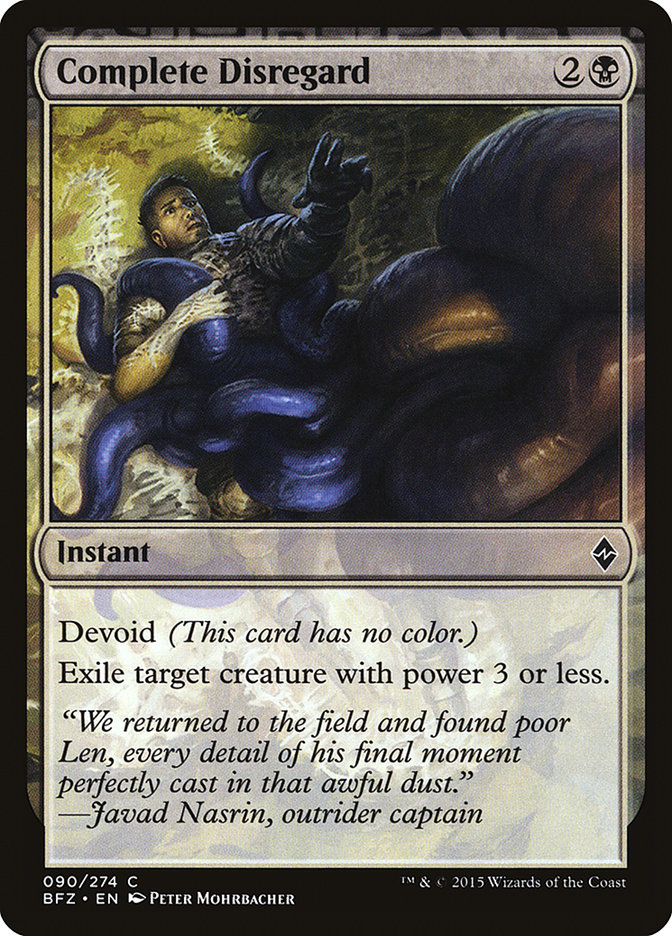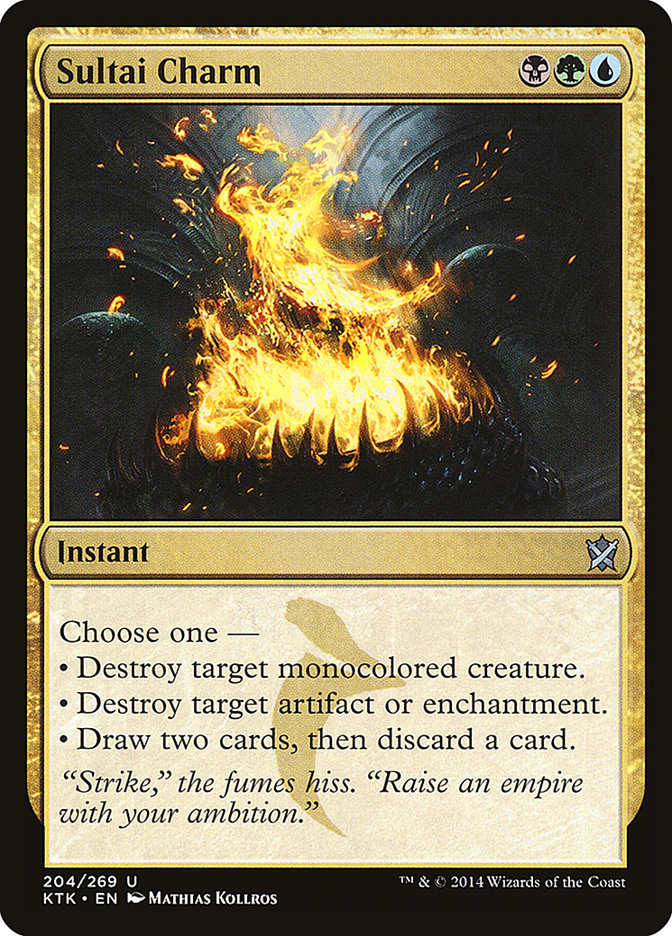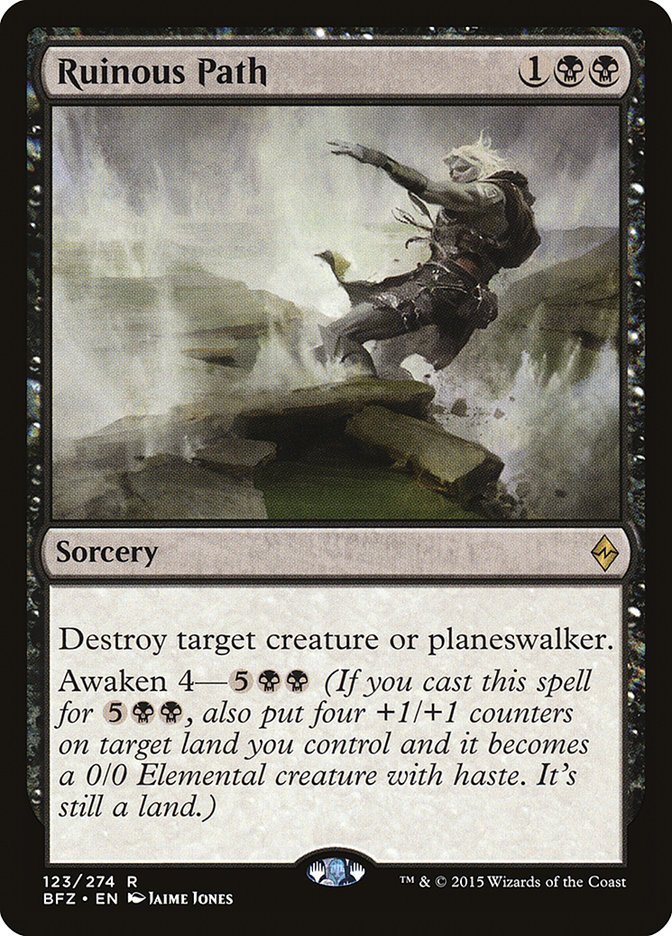This weekend ended on a troubling note.
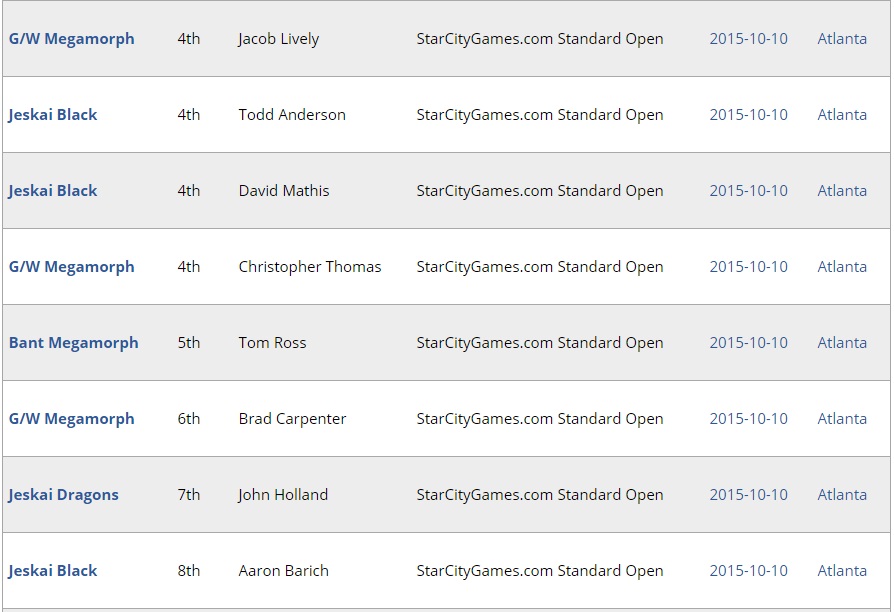
The notion that in week two of a virgin format only two decks were able to achieve such staggering results is alarming. With such an astronomical amount of possibilities given to us with fetchlands and Battle lands, it seems that we should have a lot more variety in regards to the Top 8 of #SCGATL.
But we didn’t.
With the Pro Tour on the horizon, a lot of players are content with sitting back and letting the professionals solve every problem for them… but therein rests the problem.
Pro Tours are essentially a microcosm of a metagame. When preparing for one, a multitude of factors are taken into consideration, but mostly a lot of decision-making comes down to knowing what those players have a penchant for playing. This is a double-edged sword much of the time, and I would venture to say is the reason for Mono-Red’s success at that level the last two times. I highly doubt that history will repeat itself given the prolific nature of G/W Megamorph and Jeskai Black on the Open Series circuit, which will prompt many teams to use those two decks are their starting point. Both inherently have a strong matchup against Atarka Red, so it stands to reason that red decks won’t be pulling off the trifecta.
This creates the possibility to break things at the fundamental level:
- We understand that G/W Megamorph and Jeskai Black will be the two decks resting at Level One, i.e. the most played and researched/modified/teched-out weapons for battle at the Pro Tour.
- We understand that Esper Dragons, Abzan Aggro, and Atarka Red have to be accounted for, tested, and explored to understand their matchups against the most-played decks.
- We have to respect that outliers like Bring to Light or Five-Color Control must be accounted for, but are what we refer to as “dead-end decks.” They may be played, but will not be remotely prolific. They have to be understood, but aside from being a pet deck, they should not have too much time spent on them.
With these few rules in place, other decks are allowed to be brought into the conversation despite their lack of perceived equity. They must produce results quickly, though, or be discarded.
In order to create something that will have value going into the Pro Tour or your StarCityGames State Championship, we then must enter the next level of thought process.
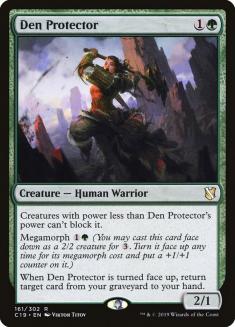

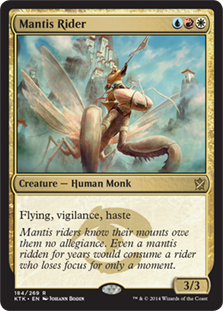

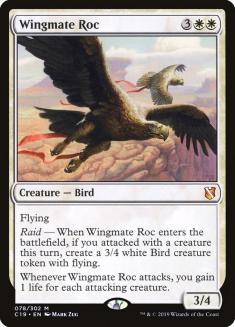
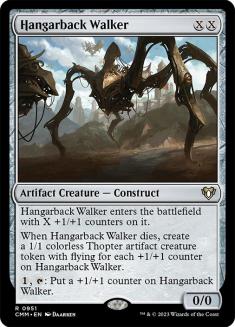
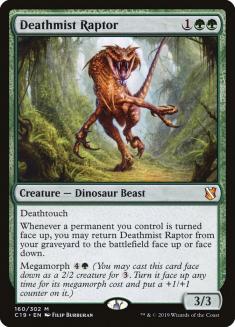
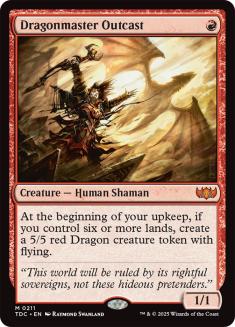
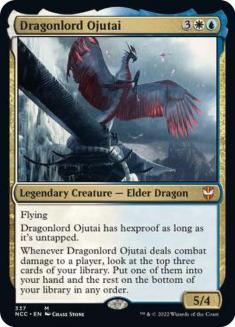
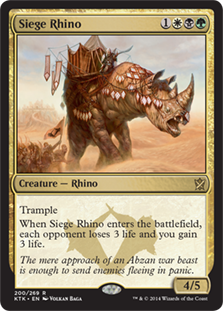
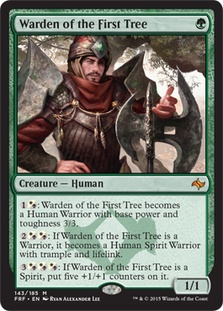
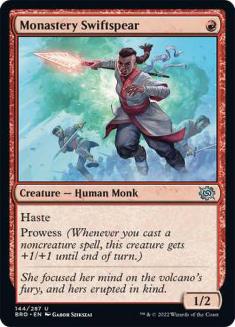
- These creatures are the pillars of Standard. They represent the most theoretically powerful things you can do when it comes to putting creatures on the battlefield. A few things you’ll notice are that most of them overlap to the two most-played decks as well as our “Tier Two” offerings.
- All of them aside from Dragonlord Ojutai and Siege Rhino have a power and toughness at three or less.
- Most of them if unchecked can recur, become larger, create multiple bodies, generate card advantage, and run away with a game.
- Because of the heavy nature of sorceries being played, most creatures require very specific answers that are not run in most decks as a means to deal with the spectrum of threats.
The reason our Tier Two decks are… well… Tier Two is the fact that they aren’t fully able to contain our Tier One decks. Sure, Esper Dragons, Atarka Red, and Abzan Aggro are all very capable of drawing quite well and running over any opponent, but their propensity for achieving those results is less than that of the Tier One decks’ ability to draw optimally and win games.
Knowing that, we can begin to build something with the understanding that it has to be good against the best decks while still having a manageable matchup against the secondary decks we should be expecting.
First and foremost, this is a creature-driven format. Look at the tools that G/W Megamorph has:
- Den Protector/Deathmist Raptor as creatures that grant card advantage and the ability to recur bodies.
- Gideon, Ally of Zendikar as a four-way threat: producing creatures, actively attacking the opponent, pumping their team, and turning on Raid for Wingmate Roc.
- Sideboard enchantment threats that invalidate removal like Evolutionary Leap or Mastery of the Unseen.
- A very fluid mana base.
And then Jeskai Black:
- The most powerful two-drop in Standard, Jace, Vryn’s Prodigy.
- Card advantage provided by Dig Through Time, Treasure Cruise, or Jace, Telepath Unbound.
- Mantis Rider’s ability to play offense and defense extremely effectively.
- Crackling Doom – possibility the best removal spell in Standard.
- A very diverse sideboard that packs removal, counters, and more answers to almost every deck in the format.
Both of these decks, while very potent, are at the mercy of speed. Neither can close out games very quickly and matches often degenerate into struggles to take over the board, trade resources, and out-topdeck your opponent. This is what makes cards like Den Protector and Hangarback Walker so powerful and can directly be attributed to the success of G/W Megamorph. The format, in its infancy, has not caught up to defeating these threats yet.
I’ve spend the last week testing something that I would like to share with you today:
Creatures (13)
- 1 Silumgar, the Drifting Death
- 2 Tasigur, the Golden Fang
- 4 Den Protector
- 4 Jace, Vryn's Prodigy
- 2 Nissa, Vastwood Seer
Planeswalkers (1)
Lands (27)
Spells (19)

This Sultai build piqued my interest when, during Week One of the new Standard format, I watched Esper Dragons utilize Complete Disregard to achieve incredible results. My natural inclination was the desire to play with it, but in such a way that it could be used to decimate decks like G/W Megamorph and Jeskai Black. The power of these two decks, as we discussed earlier, comes from recursion and a steady stream of threats. Complete Disregard is able to deal with Hangarback Walker, Deathmist Raptor, Jace, Soulfire Grand Master, and others so that they can’t be brought back by Den Protector or Ojutai’s Command. The means I sought out to do this was with my own Den Protectors and Jaces. The basic principle here is to exploit the holes in the format with cards that can do the most damage to the best deck’s gameplans.
The rest of the deck is built for card advantage and removal. Since we understand that most of the decks out there are creature-based, and that most of those creatures are soft to overlapping forms of removal, we are able to achieve a form of redundancy against threats that would otherwise be too diverse for a single deck to handle. Sultai Charm is particularly effective against G/W Megamorph, killing all of their creatures and destroying their important sideboard cards like Mastery of the Unseen and Evolutionary Leap.
Further complementing our stranglehold against creature decks are multiple forms of mass removal in Languish and Crux of Fate. Pinpoint removal for Gideon is required so I wanted to play Ruinous Path, which can also answer a flipped Jace or any other threatening creature.
I initially thought the mana would be a huge issue, but surprisingly it wasn’t. This version of Sultai plays enough fetchlands to benefit from the Battle lands as well as smooth out its draw. Aside from Atarka Red, almost every successful deck in the format gives you enough time to set yourself up mana-wise. From there, Sultai’s powerful spells go over what almost every deck in the format is capable of, topped off with Ugin, the Spirit Dragon. Theoretically Ugin should be the alpha and omega in this format, but his usual home of Abzan Control or Esper Dragon have been lacking the tools to contain the speed of Atarka Red so the planeswalker became a casualty of the current situation. In Sultai, he is not only consistently castable but is often your trump in most matches.
The red splash is two-fold: facilitating Exert Influence to steal creatures of four or less power and for a much-needed turn-three sweeper in Radiant Flames. One way I was losing to Atarka Red was when they were on the play and were just able to deal huge chunks of damage before I could cast a Languish, letting them finish me with a couple of burn spells. Radiant Flames bridged that gap and allowed for a sweeper on turn three, saving me life and giving my removal more pep in the following turns. It, along with Feed the Clans, has been instrumental in beating the hyper-aggressive decks after sideboarding.
Hangarback Walker is my concession to red decks, which I never want to lose to. I’ve toyed with just playing more copies of Ultimate Price and cheaper removal spells instead, but I can’t make up my mind on what’s better. Occasionally it’s fantastic and other times it’s too slow and I wish it was something else. For now I’m leaving the slot alone, but could easily see myself changing it.
I’m stuck figuring out if I’ll be playing this deck this weekend at SCG States for Standard or staying near home base and competing in a GPT for Grand Prix Atlanta next month since I’ll be attending. I suppose it’s contingent on how well Sultai tests this week. Be sure to share your critiques, comments, and suggestions below!
Now wish me luck, kiddies. I’m on episode five of 1995 reboot of The Outer Limits. That’s five out of 152. Not only do I battle Magic, but also anthology horror series.
Stay spooky.


